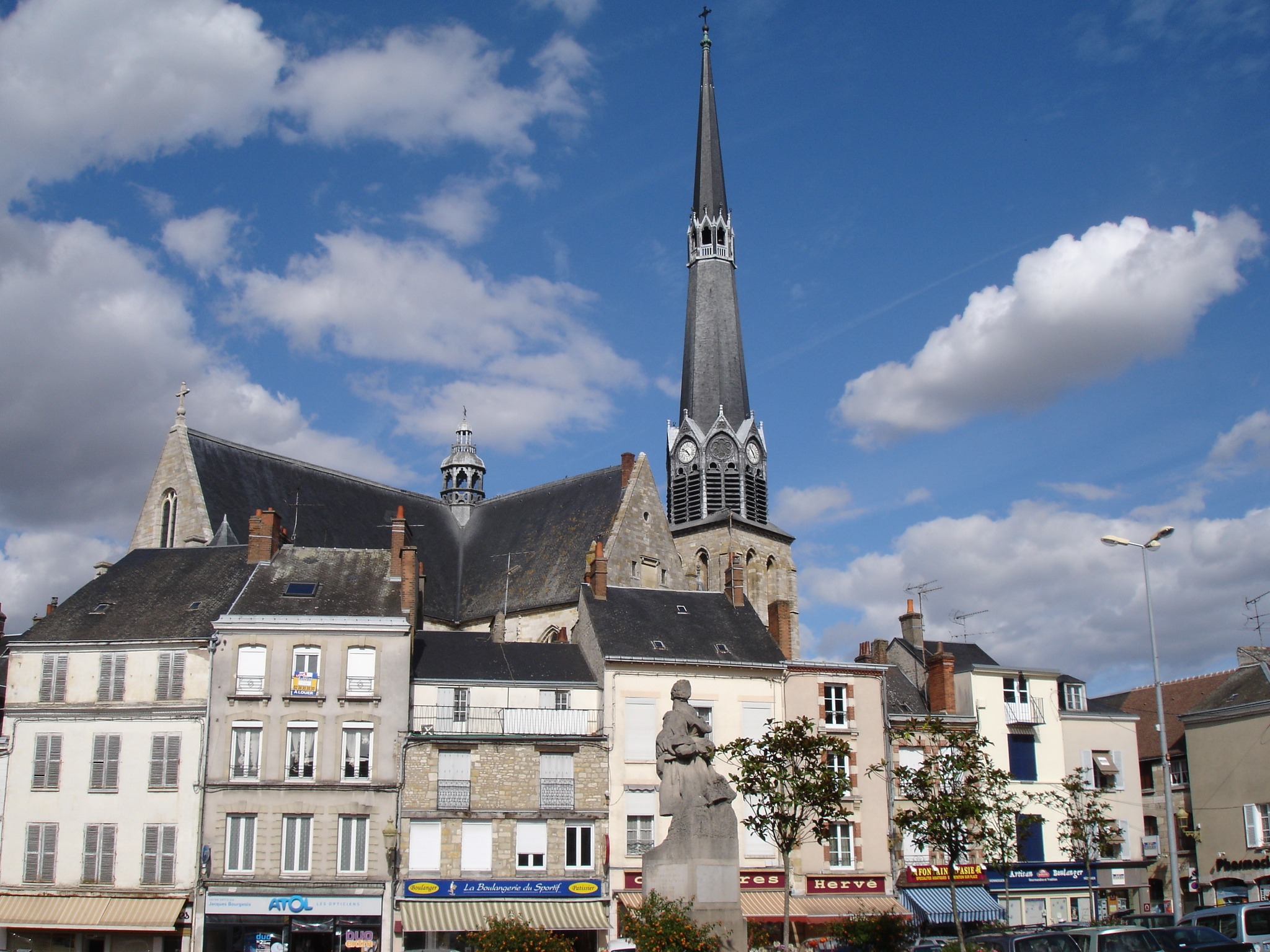Pithiviers and Hubup : From the implementation of an urban shuttle to the use of Geolite
Publié le 15 November 2023
Since February 2021, Geolite has been deployed in the city of
Pithiviers on a single urban shuttle. We thank François Quero for answering our questions.
Could you briefly introduce yourself?
I am François Quero, in charge of coordinating municipal projects for the city of Pithiviers in the department of Loiret, France.
Located an hour from Paris, we are a small sub-prefecture with just 10,000 inhabitants, serving as the central municipality for a population basin of approximately 60,000 people spread across around sixty municipalities. Even though we are a small municipality in terms of population, we have responsibilities as a central municipality with a substantial population basin and a significant number of municipalities.
Do you have expertise in mobility in this area?
The mobility expertise is regional and, as far as we are concerned, it is delegated to the community of municipalities. That’s why the shuttle is simply an urban shuttle and not an interurban one, even though there are requests from the people of Pithiviers to serve commercial areas located in two peripheral municipalities, 500 meters from the nearest stops. But we do not have the right to go beyond the borders of the municipality.
Concerning the implementation of the shuttle, was it a request from the residents of Pithiviers or a decision made by the municipality?
So, I would say both. In any case, the origin of the project dates back to the previous mandate, 2014-2020, where the elected officials committed to implementing a shuttle that would create connections between different neighborhoods of Pithiviers, the city center, and its commercial infrastructure. The focus was mainly on linking popular neighborhoods where a significant portion of residents lacked personal transportation means and wished to travel to the city center, commercial areas, or other public services such as healthcare.
Initially, since 2016, there was a nine-seater shuttle that had been put in place but became a victim of its success because there were too few available seats. There was also the issue of access for people with reduced mobility since the minibus was not suitable in that regard.
Therefore, we worked on an improved offer in terms of the number of seats, serviced points, and accessibility.
What is your current offering now?
We have a 24-seat vehicle equipped with a manually deployable ramp for people with reduced mobility.
Do you plan to increase the capacity?
At the moment, no. It’s not on the agenda because the service is not at full capacity. There is no current political inclination or specific demand from the population to increase this service, except for a peri-urban service. It is also a matter of costs and resources since the service is exclusively funded from the municipal budget. We have a full-time equivalent dedicated to this mission, but to ensure service continuity, we are looking for a part-time driver. However, the burden on the municipality is already substantial.
What are the steps for implementing a shuttle deployment in a municipality like this one?
Firstly, the need. Our municipality has a topography that revolves around a city center, peripheral neighborhoods that have developed since the post-war period with more popular districts and a concentration of people without means of transportation, thus somewhat isolated. In essence, we must primarily respond to two elements: the needs expressed by the population, political aspirations, and the financial, technical, and human capacity of the municipality to take charge and create this service.
Okay, and how did you learn about Hubup and Geolite?
So, it happened concurrently with a municipal desire to develop everything related to multimedia tools and networks, and to offer a maximum of services and service continuity through these tools, whether it’s a website or a mobile app.
I suggested to the elected officials to allow users to have a tool that allows them to track the shuttle to avoid waiting and increase customer satisfaction with our services, and also to develop among residents an appetite for the communication and information tools of the municipality.
Exactly, but the analysis of the services has also been useful for tracking activity when users provide feedback on the punctuality of the shuttle.
How did the implementation of the solution within the municipality go?
So, it went very well. The elements that were requested were very simple and well within our capabilities, meaning that it did not require excessive skills or time. It was a bit of a discovery for us, and afterward, in terms of getting familier with the tools, training, and ongoing support, there were no issues.
For users, it’s very simple because you just need to click on two or three elements to get the information you want. It doesn’t require any particular digital literacy, and for the driver, it doesn’t seem to be a problem.
For you, what are the keys to success in setting up a transport service within a municipality?
Firstly, we need to identify where the need is, particularly in terms of passengers served, because it may not necessarily make sense to serve all neighborhoods in the city. So, we need to study where residents don’t have means of transportation. Afterward, the idea is to determine where we need to take these users? How often? During what time slots?
The city bus is your urban shuttle. Why not move towards a peri-urban shuttle?
We don’t have the authority for that. The fact that we only serve Pithiviers is a constraint, but it’s a regulatory constraint because as soon as we enter a peri-urban mode, municipalities no longer have the authority.
So, we need to turn to the authority that has the competence, and there is a discussion within the inter-municipal community precisely, or it is being considered for on-demand transportation, which could possibly include multimodal options related to our city bus or connections between the larger cities in Loiret.
We don’t have a train station, so transportation is a real issue.

